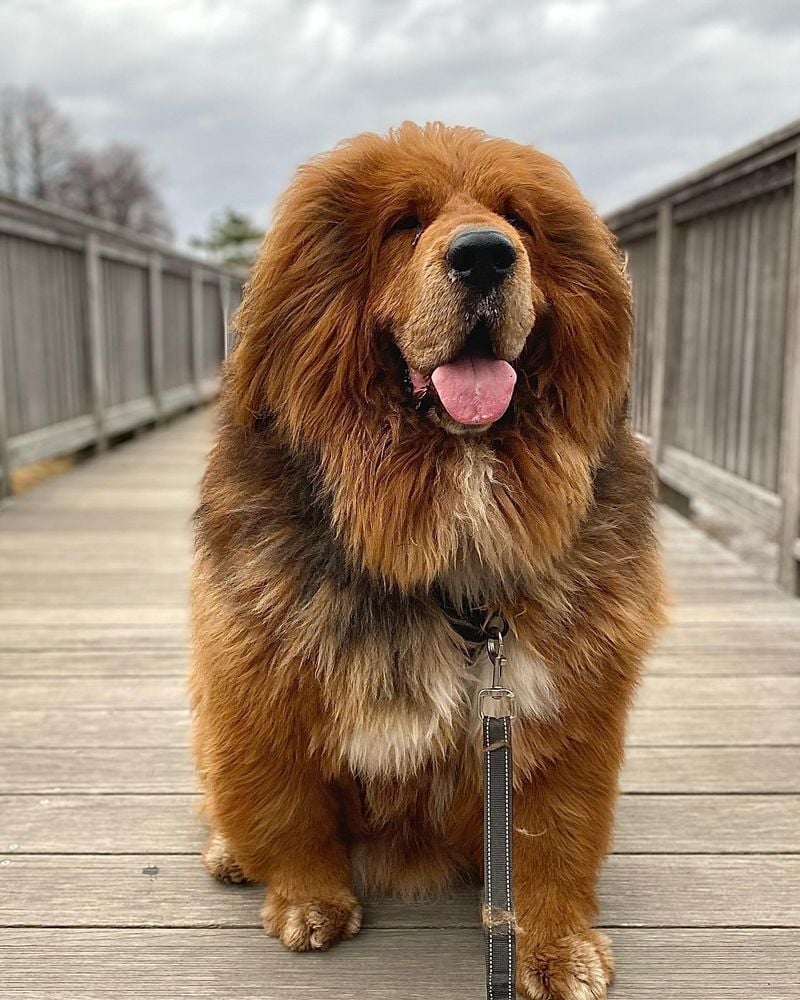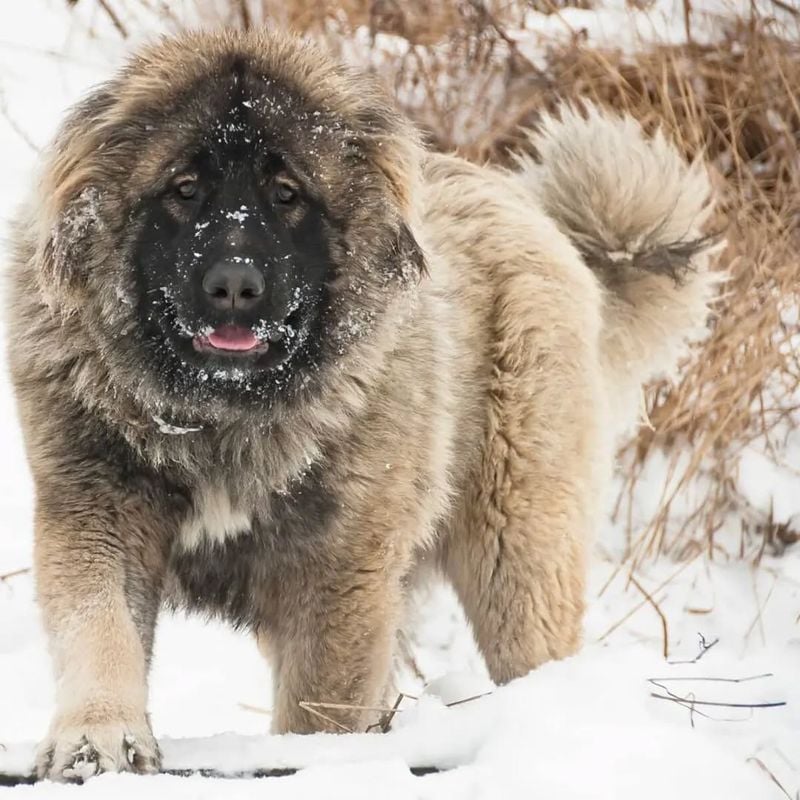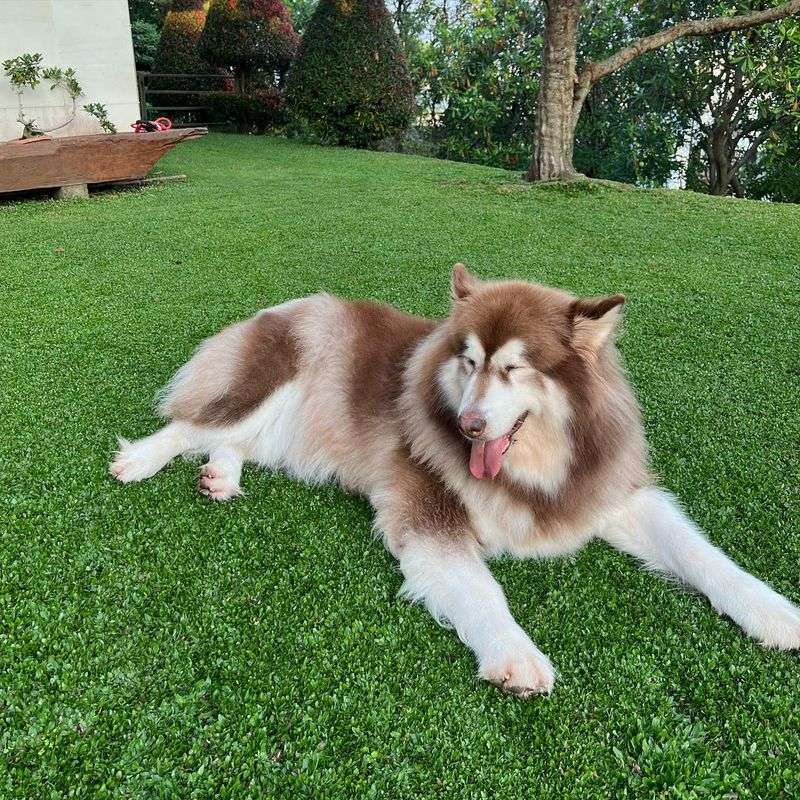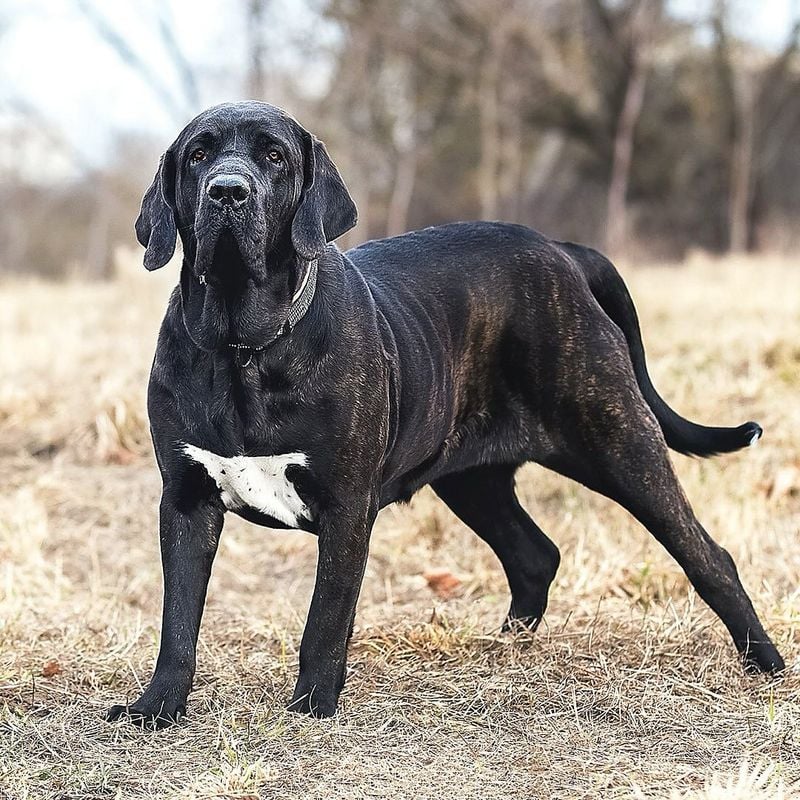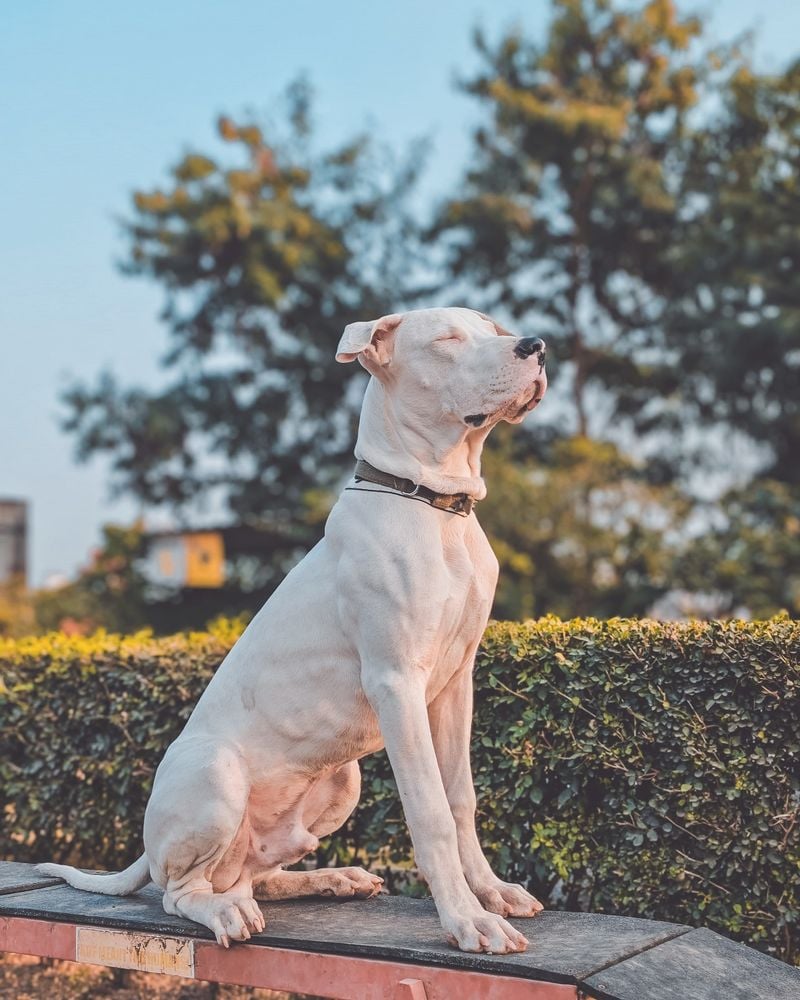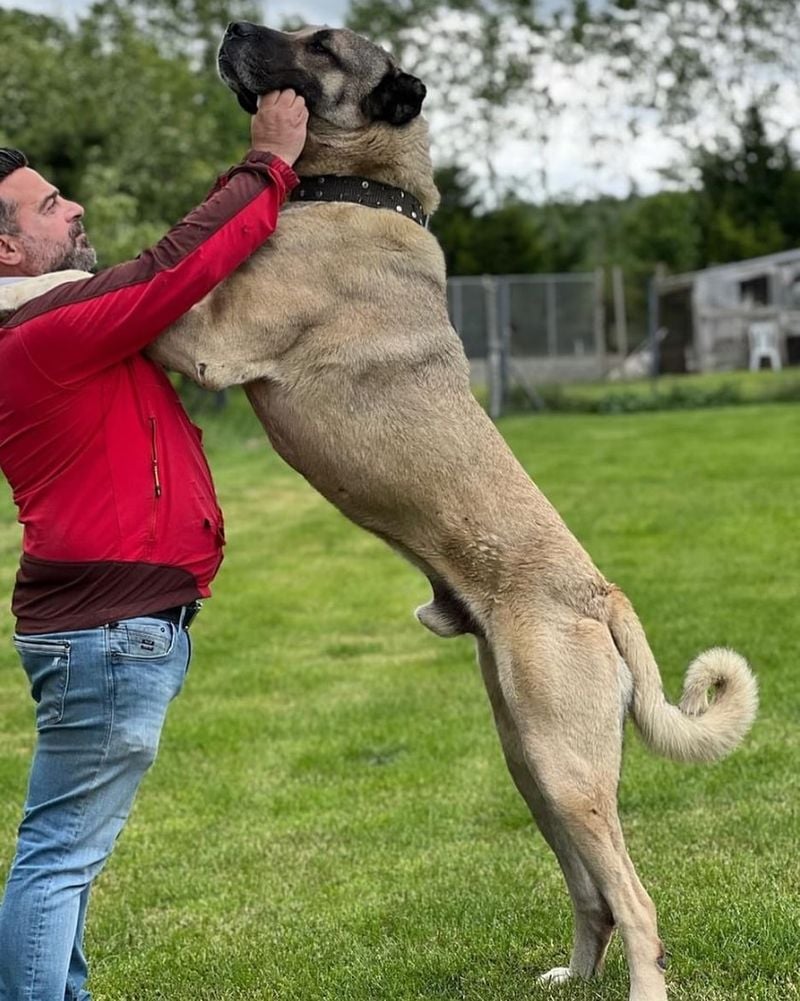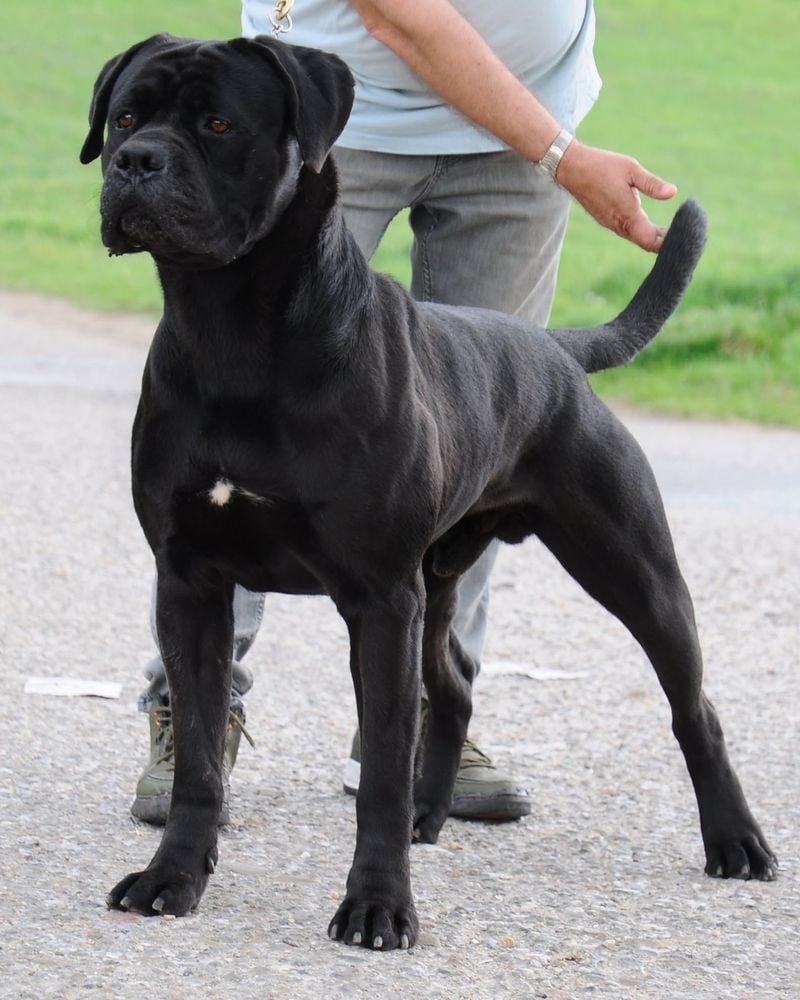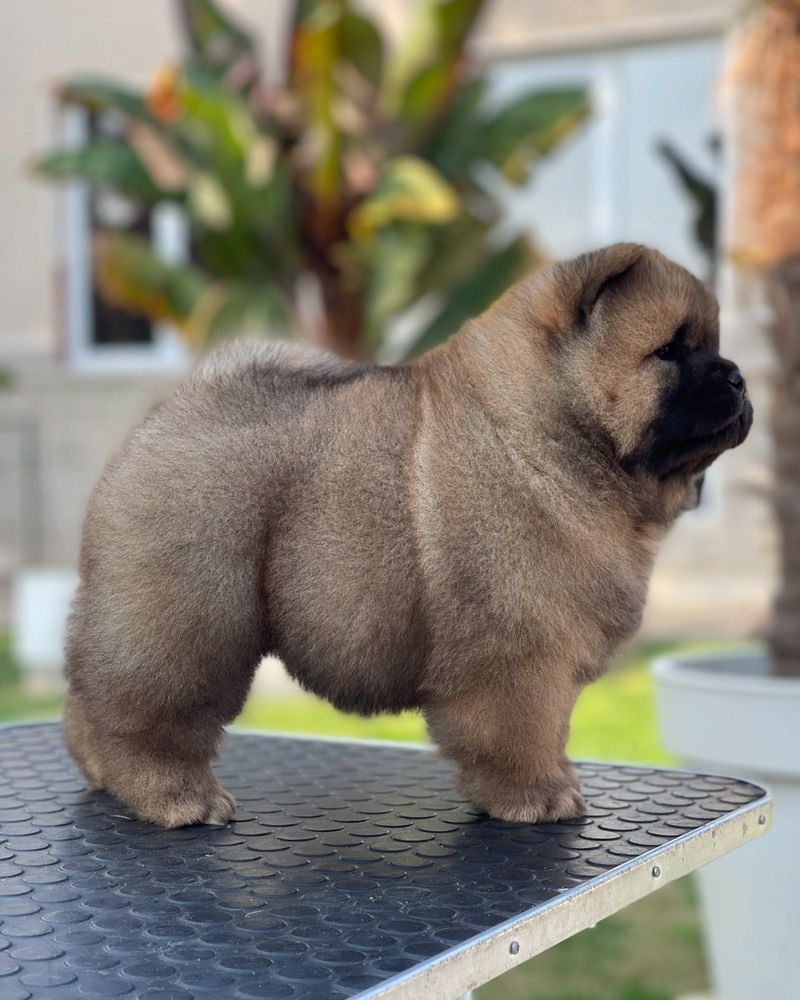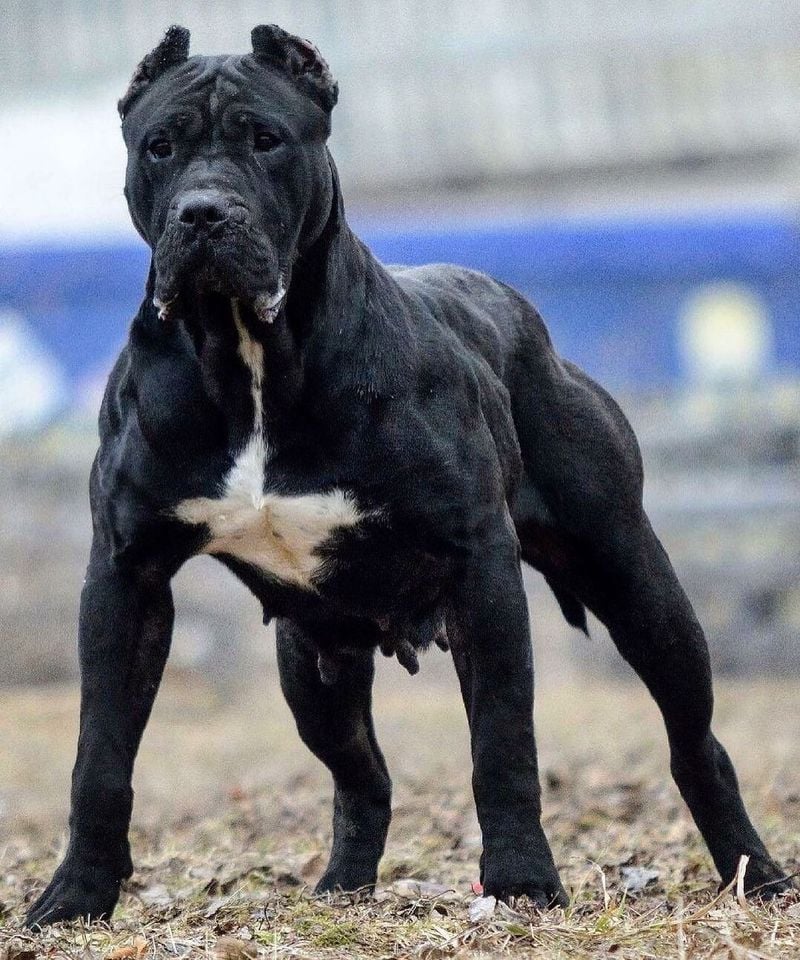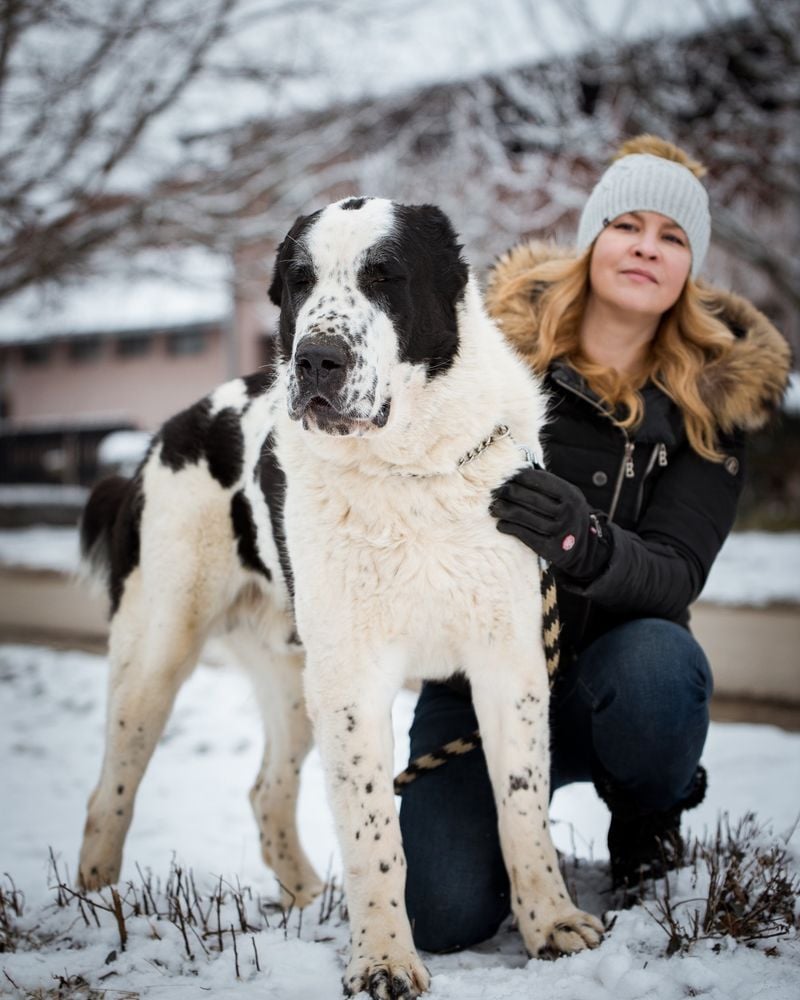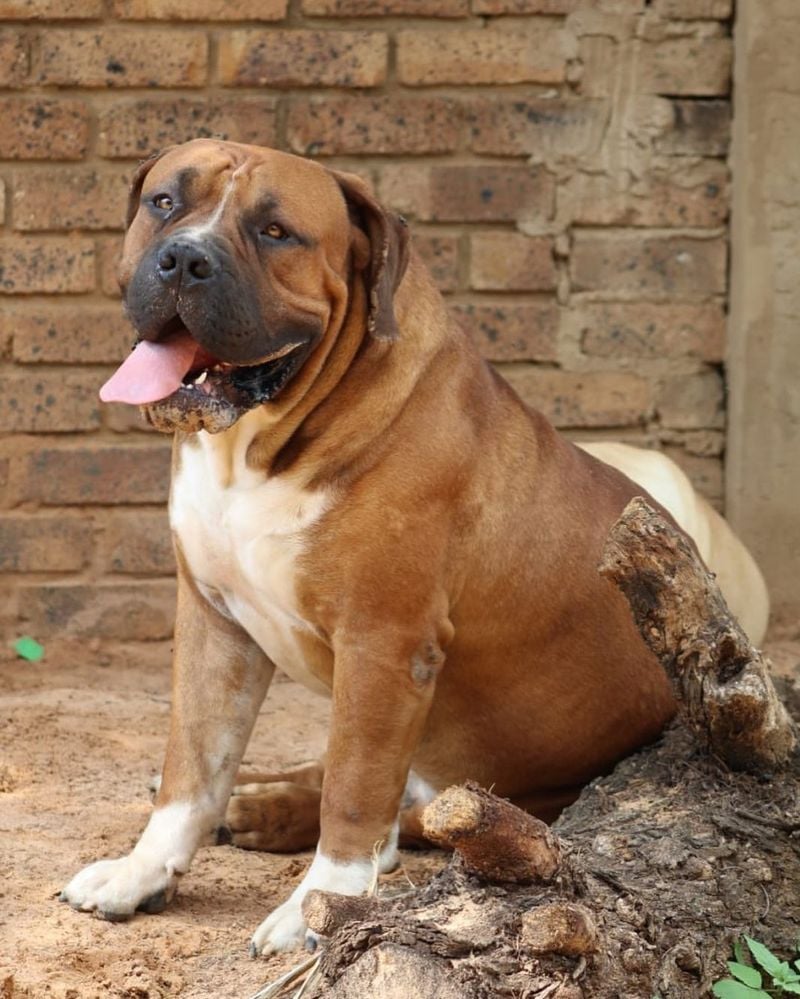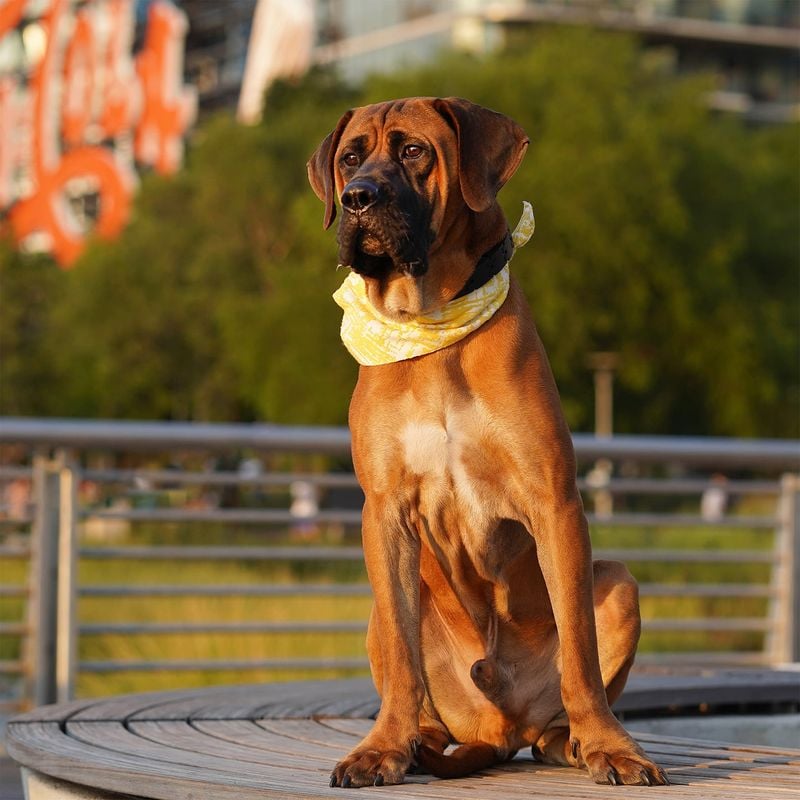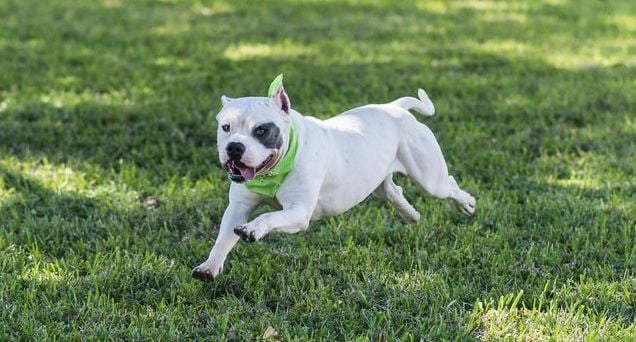These 13 Dog Breeds Were Never Meant to Be Pets
When most people think of dogs, they picture loyal companions curled up on the couch, playing fetch in the yard, or walking obediently by their side. But not all breeds are cut out for this picture-perfect pet life—and trying to force them into it can lead to frustration, danger, and heartbreak on both ends of the leash.
Some dog breeds weren’t bred for companionship; they were bred to hunt boars, guard livestock from wolves, or even pull sleds across frozen wastelands. These dogs were designed for intense work in extreme conditions—not Netflix nights and neighborhood strolls. Their instincts are strong, their independence is unmatched, and their physical power can be overwhelming for even experienced dog owners.
It’s not about blaming the dogs. In fact, these breeds are incredible animals with rich histories and impressive capabilities. But when their natural traits—like territorial aggression, intense prey drive, or stubborn independence—collide with modern pet life, the result is often a mismatch that leads to behavioral issues, rehoming, or worse.
Understanding the origins of these breeds helps explain why they often struggle in domestic settings. These aren’t your average lapdogs—they’re intelligent, powerful, and often too much dog for the average home.
If you’re thinking about getting a dog, this list is essential reading. And if you already live with one of these breeds, you’ll gain a deeper understanding of their unique challenges—and why they require much more than love to thrive.
1. Tibetan Mastiff
Originally bred to protect livestock in the Himalayas, these massive guardians can weigh up to 150 pounds. Their thick double coat evolved for freezing mountain conditions, making them uncomfortable in warm climates.
Fiercely independent and territorial, Tibetan Mastiffs are naturally suspicious of strangers and make decisions on their own. They weren’t bred to follow human commands but to work autonomously.
Without proper socialization and training from puppyhood, these dogs can become overly protective and challenging to control. Their guarding instincts remain deeply ingrained, making them unsuitable for casual pet owners seeking an easygoing companion.
2. Caucasian Shepherd: The Living Fence
Developed in the Caucasus Mountains to fend off wolves and bears, these giants possess unmatched protective instincts. Adult males can reach 200 pounds of mostly muscle, making them powerful enough to take down large predators.
Their territorial nature means they naturally establish boundaries and defend them fiercely. Without extensive socialization, they view all strangers as potential threats requiring intimidation or worse.
Exercise needs are surprisingly modest, but mental stimulation is crucial. Boredom leads to destructive behaviors that few homes can withstand. Their independent decision-making, while perfect for guarding remote flocks, creates significant challenges for owners expecting obedience.
3. Alaskan Malamute
Malamutes were engineered by the Mahlemut people to haul heavy loads across Arctic terrain. Their powerful bodies and incredible endurance made them invaluable for survival in punishing conditions.
Unlike many domestic dogs, Malamutes maintain a strong pack mentality and will constantly challenge for dominance. Their stubborn nature isn’t defiance—it’s independence bred for survival when human judgment might fail in treacherous conditions.
Physical needs are extraordinary, requiring miles of daily exercise regardless of the weather. Without proper outlets, their frustration manifests as destructive behaviors, including impressive digging capabilities. Their prey drive remains strong, making them dangerous around smaller animals despite domestication.
4. Akita
Revered in Japan for centuries, Akitas served as imperial guards and big-game hunters. Their dignified bearing masks an intense protective nature that once made them ideal companions for samurai.
Naturally aloof with strangers, Akitas form deep bonds with their families but remain suspicious of outsiders. This trait, essential for their historical guardian role, creates challenges in social settings.
Their hunting heritage gives them a high prey drive, making them unsafe around smaller pets. Silent hunters by design, they give few warning signs before acting, requiring owners who can read subtle body language.
5. Fila Brasileiro
Developed on Brazilian plantations to track down escaped slaves, the Fila combines bloodhound tracking abilities with mastiff strength. Their name comes from ‘filar,’ meaning to hold, reflecting their catch-and-hold hunting technique.
Filas possess ‘ojeriza’ – an inherent suspicion of strangers so strong that breed standards judge it during shows. They’re banned in several countries due to their aggressive protection of their families.
Their loyalty is legendary but problematic – they make no distinction between actual threats and innocent visitors. Training cannot override their core protective nature. Even experienced owners find that their size (up to 170 pounds) combined with their determination creates a dog that requires expert handling.
6. Dogo Argentino
Created specifically for hunting wild boar and puma in Argentina, these powerful white dogs combine strength with surprising agility. Dr. Antonio Nores Martinez developed them in the 1920s, selecting for courage to face dangerous prey.
Their hunting instincts remain fully intact, giving them extraordinary prey drive and determination. Once they lock onto a target, their single-minded focus makes redirection nearly impossible.
Extremely high exercise needs must be met daily, requiring much more than simple walks. Their pack-oriented nature creates dominance challenges in households with other animals. Despite their imposing appearance, their short coat offers little protection from cold weather, limiting their adaptability.
7. Kangal
For centuries, these imposing dogs have protected sheep from wolves in Turkey’s harsh Sivas region. Their massive size and protective instincts made them irreplaceable guardians in predator-rich environments.
Kangals possess one of the strongest bites in the canine world – over 700 PSI compared to a German Shepherd’s 238 PSI. This jaw strength evolved specifically to deter wolves from attacking flocks.
Naturally independent thinkers, they assess threats and act without waiting for commands. This autonomy, vital when guarding remote flocks, creates obedience challenges in domestic settings. Their territorial nature extends to impressive roaming abilities, with working Kangals covering miles of territory daily to establish protective boundaries.
8. Cane Corso
Descendants of Roman war dogs, Cane Corsos were battlefield companions before becoming farm guardians and wild boar hunters. Their name derives from ‘cohors,’ meaning ‘protector’ or ‘bodyguard’ in Latin.
Bred for confrontation, they possess a natural suspicion of strangers that once made them excellent military assets. Their imposing presence alone often deterred threats, a trait that remains evident today.
Extremely territorial, they establish and defend boundaries instinctively. Without proper socialization, their protective nature can escalate to dangerous levels. Their physical power, combined with their guardian instincts, requires owners with experience and confidence. Unlike breeds developed primarily for companionship, Corsos need clear leadership and consistent boundaries.
9. Chow Chow
Among the world’s oldest breeds, Chow Chows served as hunting, hauling, and guarding dogs in ancient China. Some evidence suggests they even served as food during famines, contributing to their name.
Unlike most domestic dogs, Chows display cat-like independence and aloofness. Their natural dignity and reserve weren’t bred for pleasing humans but for performing specific tasks with minimal direction.
Territorial by nature, they form strong bonds with their immediate family but remain suspicious of outsiders. Their distinctive blue-black tongues and lion-like appearance mask a stubborn temperament that resists traditional training methods. Their thick double coat requires extensive maintenance and makes them unsuitable for warm climates.
10. Presa Canario
Developed in the Canary Islands for cattle work and property protection, these powerful dogs have a controversial history. Originally used for managing livestock, they were later exploited for dog fighting after their traditional roles diminished.
Presas possess extraordinary physical strength coupled with a high pain threshold. These traits, valuable for controlling cattle, make them potentially dangerous when improperly handled.
Their natural dominance requires owners who understand canine psychology and can establish clear leadership. Without proper socialization and training, their protective instincts can manifest as aggression toward strangers. Several high-profile attacks have led to breed-specific legislation in many areas, highlighting the mismatch between their working capabilities and pet environments.
11. Central Asian Shepherd
Among the world’s oldest breeds, these massive guardians protected caravans along the ancient Silk Road. Their imposing size and territorial nature deterred both human and animal predators in harsh desert conditions.
Genetic studies suggest they’ve remained largely unchanged for centuries, preserving traits that made them valuable in ancient times. Their independence and decision-making abilities were cultivated for situations where human guidance wasn’t always available.
Naturally suspicious of strangers, they form close bonds with their families but remain wary of outsiders. Their thick coats evolved for extreme temperature fluctuations in Central Asia, making them poorly suited to consistently warm climates. Their territorial instincts create challenges in suburban environments where boundaries aren’t clearly defined.
12. Boerboel
Developed by Dutch settlers in South Africa, Boerboels protected homesteads from predators, including lions. Their name combines ‘boer’ (farmer) and ‘boel’ (dog), reflecting their primary purpose.
Weighing up to 200 pounds, their intimidating presence alone deters most threats. However, they won’t hesitate to engage when necessary, showing remarkable courage against dangerous wildlife.
Surprisingly intelligent, they assess situations independently and make judgment calls about potential dangers. This discernment made them valuable on isolated farms but creates challenges in suburban settings where normal activities might be misinterpreted as threats. Their protective nature extends to children in their family, but their size and strength require constant supervision during interactions.
13. Tosa Inu
Created specifically for the fighting ring in Japan’s Tosa region, these dogs represent a dark chapter in canine breeding. Various mastiffs, Great Danes, and even bulldogs contributed to their development as the ultimate fighting dog.
Tosas were bred to fight silently, without vocalization, making their behavior difficult to predict. This trait, valued in fighting pits, creates significant safety concerns in family settings.
Their stoic nature means they show little reaction to pain or stress until reaching a breaking point. Training requires expert understanding of subtle body language. While they can be gentle with family, their size (potentially 200+ pounds) combined with their fighting heritage creates a challenging combination that few homes can safely manage.

